Digital Photography Filters
In our film days we had a huge collection of filters and in some cases we had 2 or more of the same filters for the different lens sizes...
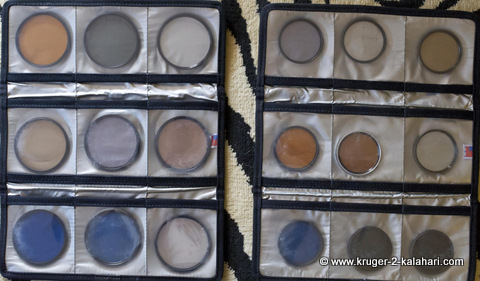
Now with digital we have found the need for filters has decreased dramatically. We have done away with the warming and cooling filters as this can be set in camera with your white balance or afterwards in Photoshop.
We now use only the following digital photography filters for our nature photography:
Polarizer
This is a critical filter as it removes reflections and glare from water and foliage and enhances color saturation. The effect is strongest at a 90° angle to the sun.
There are two types of polarizer, linear and circular. We recommend the circular as it does not interfere with your autofocus or exposure.
The screw-in polarizer used on small lenses is relatively inexpensive but the filter used in big glass such as the 200-400mm f4 zoom and the 300 & 400mm f2.8 and 500 & 600mm f4 lenses is not cheap!
It is in the region of R5000,00 (US$700,00)...
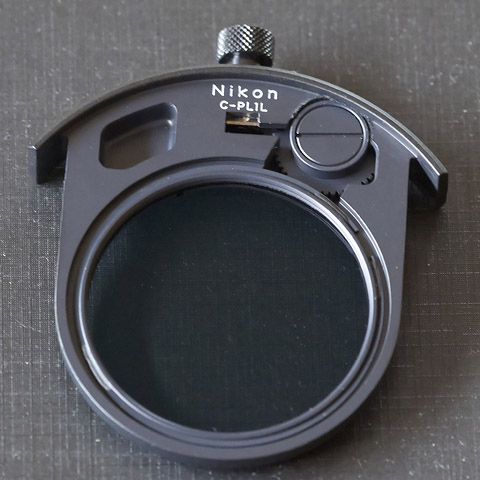
Why so expensive I hear you asking? Well it may be small be it has gears and a wheel to turn the filter from outside the lens...
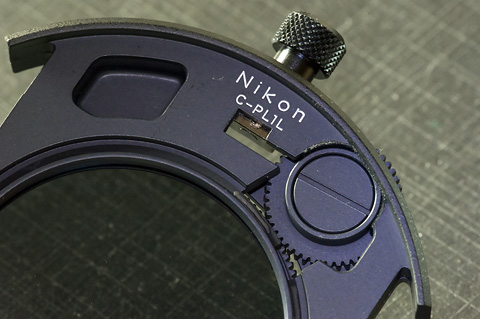
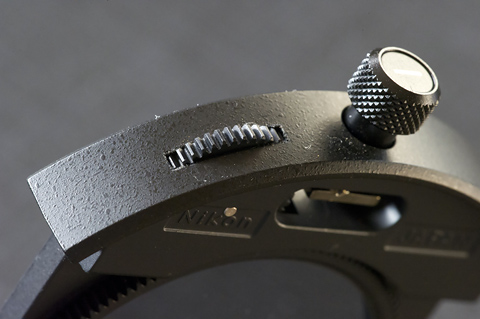
Most people know that the polarizor makes the sky more blue and that it removes reflections from water but many people don't realize that it also takes the glare off foliage and enhances colors.
Take these two photographs taken seconds apart from Olifants camp...
Giraffe photographed with NO polarizor...
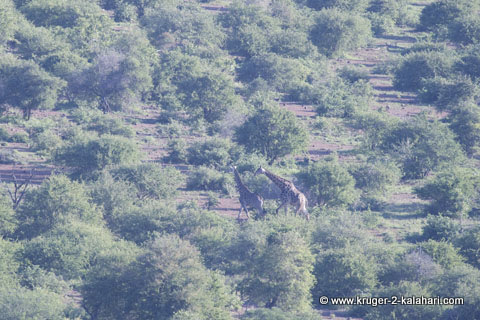
Giraffe photographed WITH polarizor...
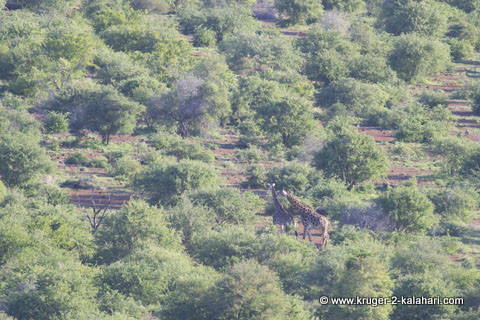
In the second photograph the colors are more saturated as the glare has been removed. Both photographs have not been processed in Photoshop, they are as shot in camera.
Neutral Density
This filter is used to cut down light when shooting in bright conditions or for slow shutter speeds when shooting motion blurs or moving water to get the cotton-wool / silky effect...
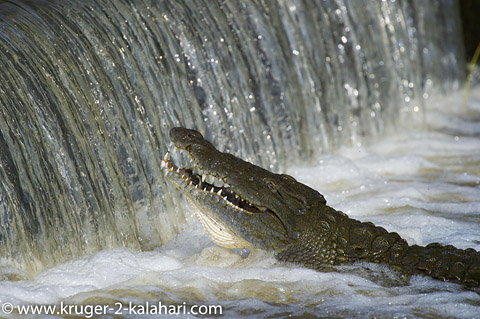
These filters come in different strengths typically cutting down the light by 1, 2 or 3 stops.
Some cameras have the lowest ISO of 50 while others only go down to 200, which means this ND filter will be necessary to reduce the shutter speed.
You could also use your polarizer in place of this filter, depending on how much light you need to cut down. The polarizer cuts down 2 stops of light so if you do get an ND filter and you have a polarizer then get the 1 or 3 stop ND.
(The polarizor is our most-used of all our digital photography filters as it serves multiple puposes).
Split or graduated neutral density filters
This filter is a must for landscapes where you are shooting land that is dark and sky that is bright. You can place the split line on the horizon or where ever appropriate and so darken the sky to get a more even exposure.
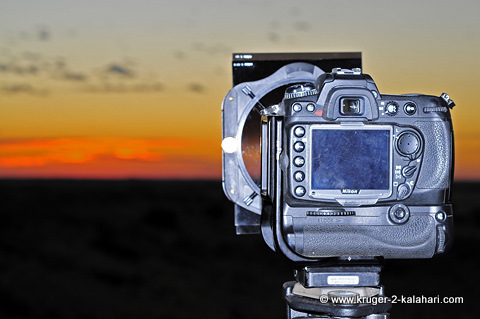
These filters are available with "soft" and "hard" transitions between the two halves and they are available in a variety of sizes and different holders. The filters are larger than the lens diameter to allow the transition to be positioned at any angle and any position in the frame.
You can also use round grad ND filters that screw into the lens but unless you always want your transition running across the exact middle of the frame they won't be suitable.
The digital photography filters that we use the most are the Singh-ray reverse ND Grad filters as the dark section lightens towards the top of the filter and this is needed for twilight photos - just before sunrise and just after sunset.
The part of the sky where the sun is will be brighter than the parts further away from the sun so what happens is that the sky towards the top of the image tends to be too dark with the standard ND GRad but the reverse ND Grad ensures an even toned sky.
We have used these Singh-Ray filters to take some great landscapes in Etosha and the Pilanesberg. Click here to download a PDF of our Etosha landscape article and here to download a PDF of our Pilanesberg volcano-scape article.
Another option is high dynamic range imaging (HDRI or just HDR) - you take a series of multiple exposures at different exposures and then software like Photomatix or other specialized programs, will merge these different exposures into one photograph that shows a greater dynamic range.
This is exactly what the grad ND filter allows you to do.
If you choose to go the
HDR route don't over-do it, as the end result could look unreal and the whole idea in nature photography is to have a photograph that looks natural.
Yes, we know that you can emulate these effects in Photoshop and even some free programs such as Picasa but the resulting image will not be as sharp as when you use digital photography filters. We have Photoshop and have used the polarizer and split neutral density filters but were not happy with the effects - you cannot beat the quality of filtering the image when capturing it.
Let's take color saturation - this can easily be done in camera or afterwards in Photoshop but if there is glare on the leaves or water, this saturation of the glare will also increase in the faded parts of the leaves or water, so you still need the polarizer.
UV or Skylight
Some professional photographers use these digital photography filters as protection for the lens elements while others say that the filter degrades the image. If you take good care of your lens then maybe you don't need these filters but if there is a chance you could fumble and knock or drop the lens, rather have the filter on and protect your expensive lens!
A last piece of advice - buy the best quality digital photography filters you can afford - you have paid thousands for you camera and body why put a cheap piece of glass in front of your lens!?
Return from Digital Photography Filters to Nature Photo Gear page
To make a safari rental booking in South Africa, Botswana or Namibia click here
"It's 764 pages of the most amazing information. It consists of, well, everything really. Photography info...area info...hidden roads..special places....what they have seen almost road by road. Where to stay just outside the Park...camp information. It takes quite a lot to impress me but I really feel that this book, which was 7 years in the making, is exceptional." - Janey Coetzee, South Africa
"Your time and money are valuable and the information in this Etosha eBook will help you save both."
-Don Stilton, Florida, USA
"As a photographer and someone who has visited and taken photographs in the Pilanesberg National Park, I can safely say that with the knowledge gained from this eBook, your experiences and photographs will be much more memorable."
-Alastair Stewart, BC, Canada
"This eBook will be extremely useful for a wide spectrum of photography enthusiasts, from beginners to even professional photographers."
- Tobie Oosthuizen, Pretoria, South Africa
Photo Safaris on a Private Vehicle - just You, the guide & the animals!













New! Comments
Have your say about what you just read! Please leave us a comment in the box below.